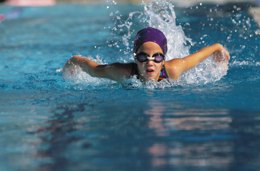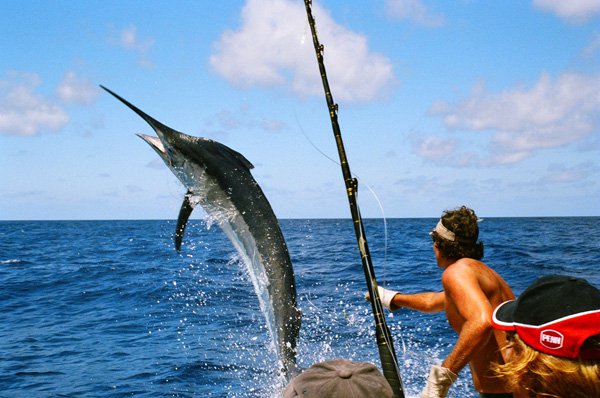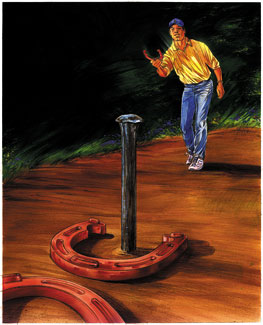I am currently writing a thoroughbred...
Question
I am currently writing a thoroughbred racing simulation game & one of the 'realistic' areas I want to cover is training. I have read some of your previous training answers & was impressed by your answers so please don't be offended by my frivolous question. What are some of the different training techniques which I should consider including?
eg.
- walking (how long - how aften)
- hard hit-outs (distance and pace - how many each week, how long before race)
- swimming a horse
Anything you could offer would be greatly appreciated.
Answer
--Neil
If you've read my previous answers, the you know that the first thing I'm going to say is that there are as many different training schedules as there are trainers. Anything that I say here is just my own particular version, and not a hard and fast rule to go by. That said, I'm not certain exactly what you need to know, as I have no idea how your game is set up, but I'll try to cover the specific questions that you've asked.
Walking is usually not considered a "training technique". Walking is more of a rest or rehabilitation thing. Since most horses at the track are not able to get out and graze or wander around a paddock, when they are in need of a rest, walking (either in hand or on a walking machine) is often the only way to get them out of their stall on days when they don't train on the track. Trainers will often walk a horse for a day or so after a big effort, either in a race or in a work, and some trainers like to walk a horse a few days before a race, so that they will be fresher on race day. Also if a horse is laid up due to illness or injury, walking is often recommended, in order that the horse gets excersize, but not enough to allow him to stress himself. Generally speaking, a horse will walk for at least 30 minutes, and some trainers will walk for an hour.
By "hard hit outs", I'm assuming that you mean works. Workouts, works and breezes are basically all words for the same thing, which is asking the horse to run at near racing speed for a specified distance, in order to increase lung capacity and stamina. During a horse's early training, works will progress from very short and slow, to long and fast as he gets closer to racing. Since you are talking about a horseracing game, I'll figure that the horses in question are already ready to run, and we are talking about works to keep them fit in between races. These are called "maintainance works". How often you want to work a horse that is running really depends on how fit the horse stays, and how long he goes between races. Generally, you want some sort of big effort every 10 - 14 days when a horse is racing, so if your races are 2 weeks apart, you probably won't work at all in between. If you have to stretch out farther, then you'll work the horse. The shorter the interval between races, the shorter the work, usually. Most trainers don't work too close to a race, maybe 5 days out for a 3/8ths mile breeze, or longer if the work is at a longer distance. Pace varies alot from trainer to trainer. Generally speaking, though, the shorter the work, the faster the pace, as working long and very fast might take too much out of the horse before the race.
Swimming isn't something that you'll see at most racetracks, mainly because they don't have the facilities for it. There are so many horses at the track, thatere would be no way to accomodate them all, should they want to swim. Many training farms have swimming facilities, though. Swimming is mainly used when bring a horse back from a layoff, or when first training them for the races. It is also used for unsound racehorses who can't take the pounding of a daily gallop. It is great for injured horses, as they can get (or stay) reasonably fit without putting too much stress on anything that would be injured by concussion. It is also good for developing wind. It isn't very good for keeping a horse racing fit, though, as swimming develops different muscle groups than actually running does. It can be used in conjunction with normal galloping, but cannot take the place of it.
I hope that these answers are useful. If you have any more specific questions, you can contact me by direct email, and I'll try to help you further, if I can.
Stephanie Frost
www.alchemybloodstock.com
Race horse training
FINDING A TRAINER WHO WILL ALSO BE PART OWNER


